Day 13 - Walking The Nakasendō, Japan - A Much Needed Rest Day in Shimosuwa Onsen and Learning About Onbashira Matsuri
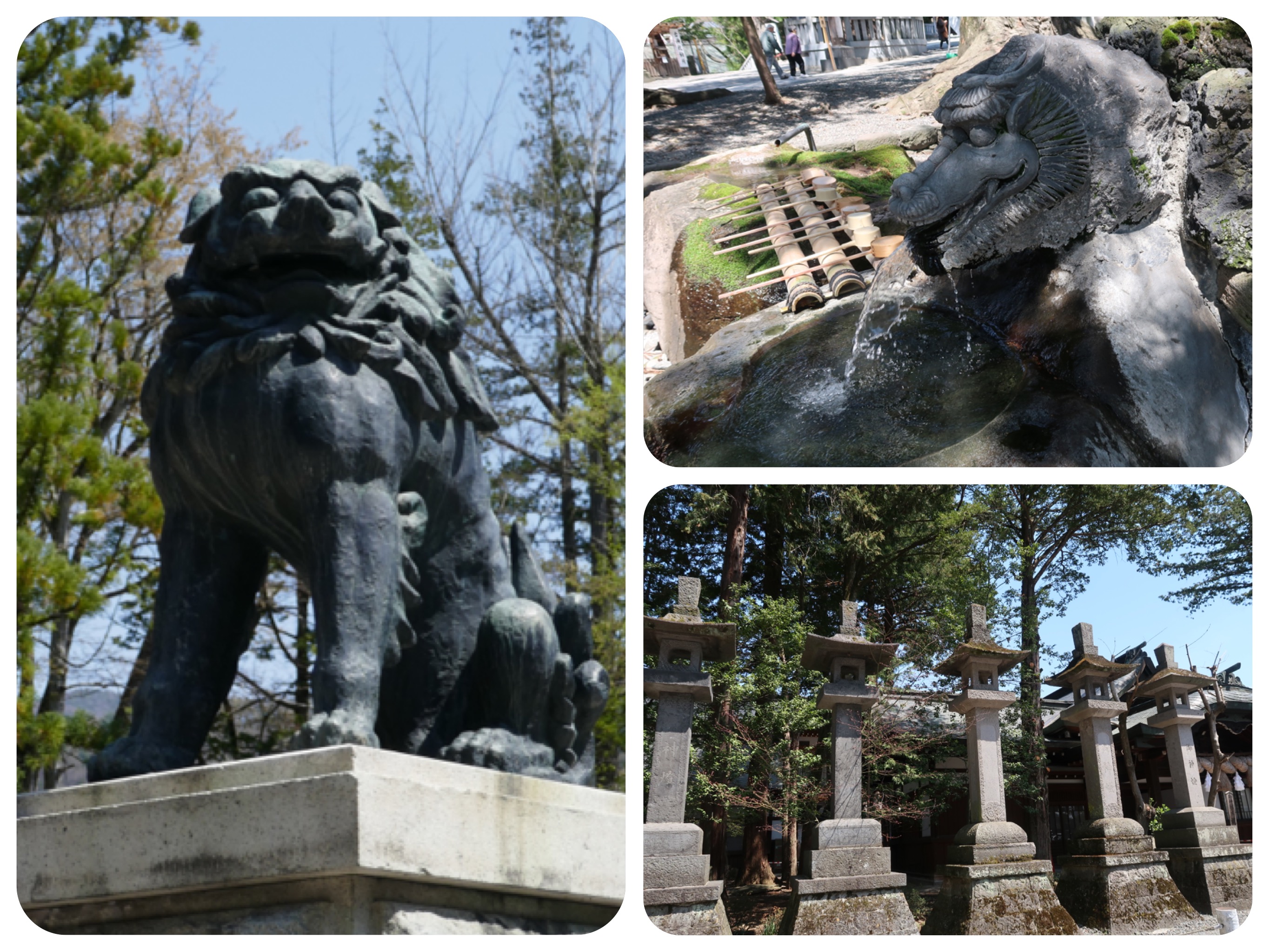
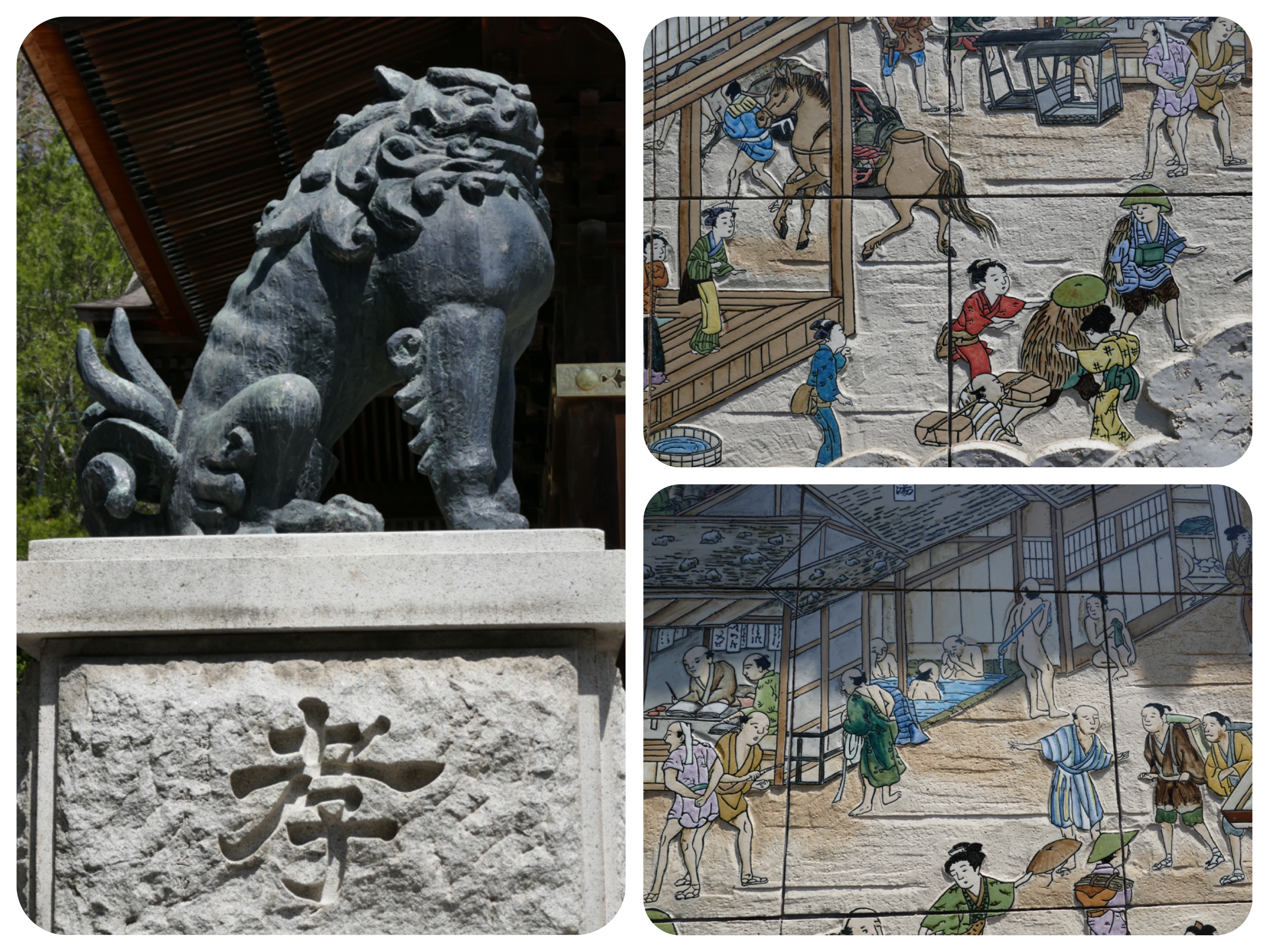
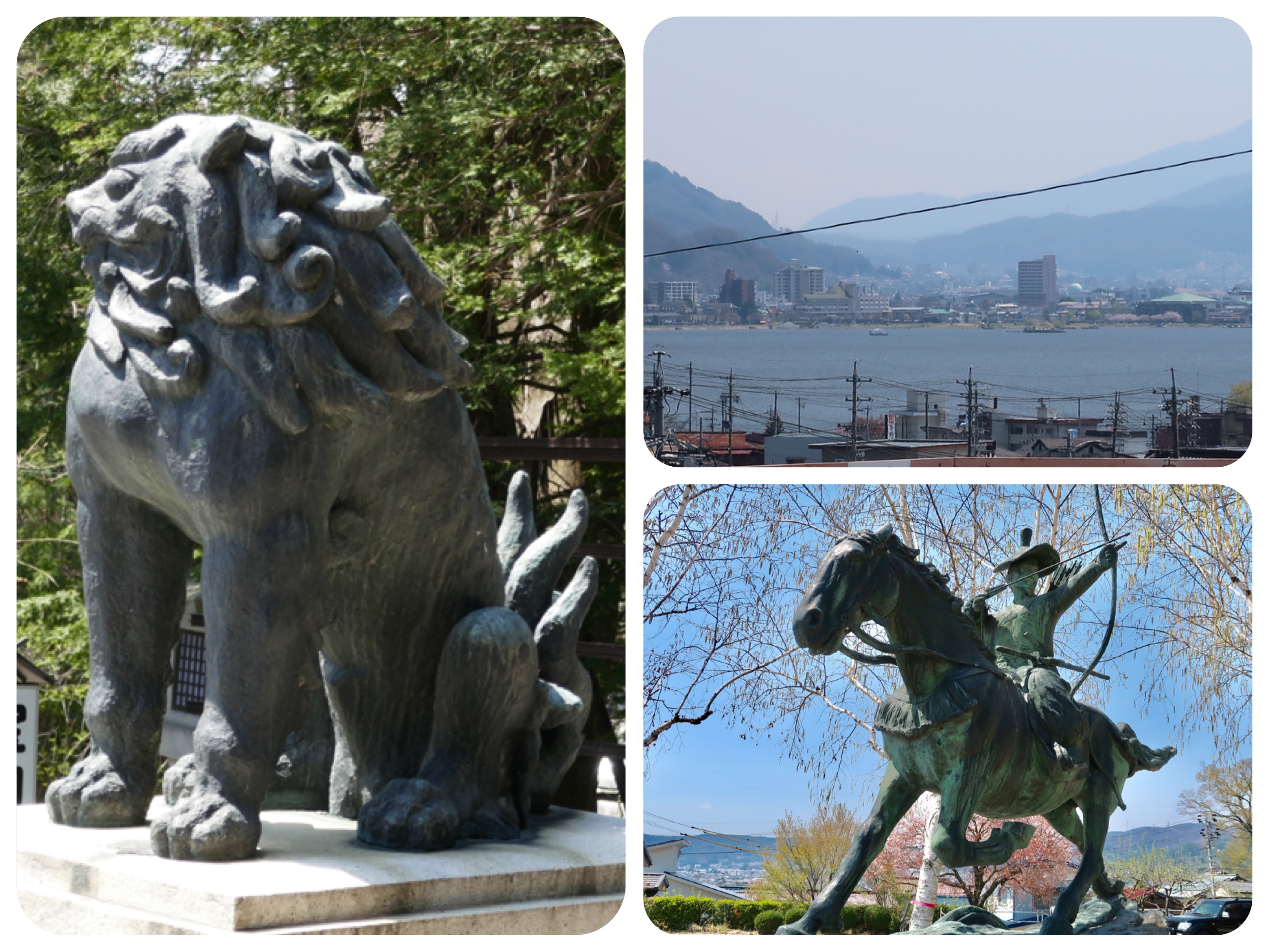
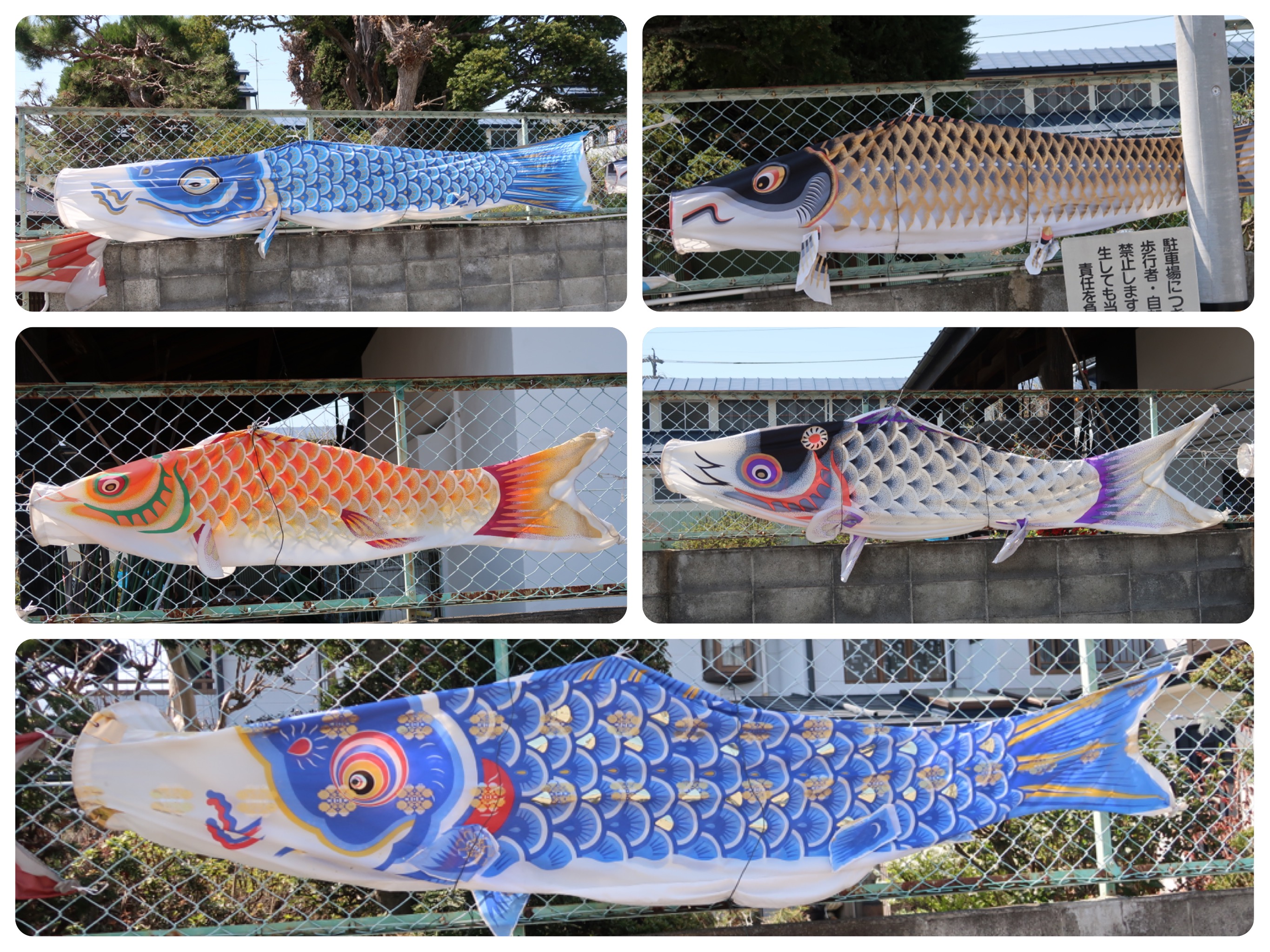
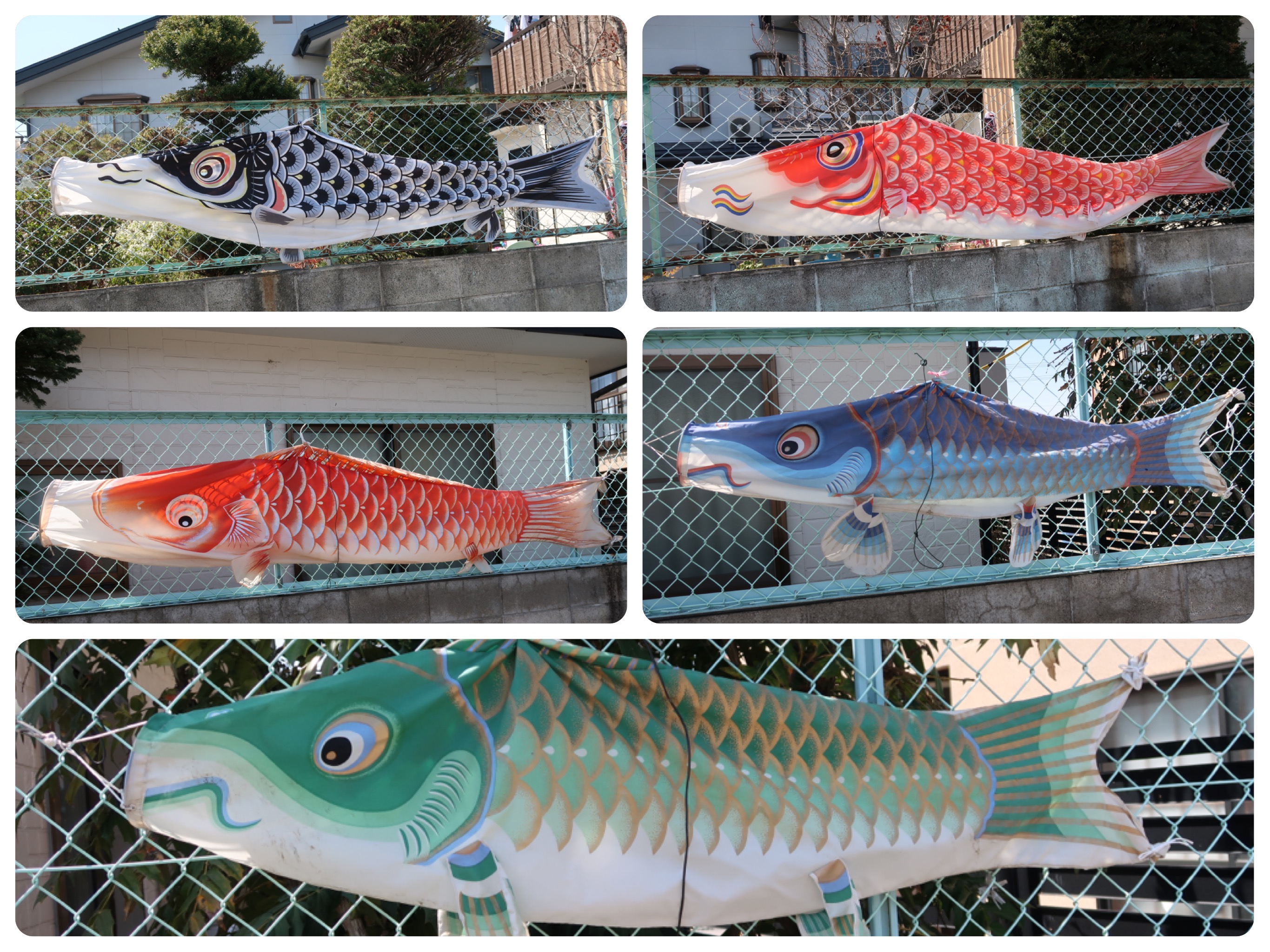
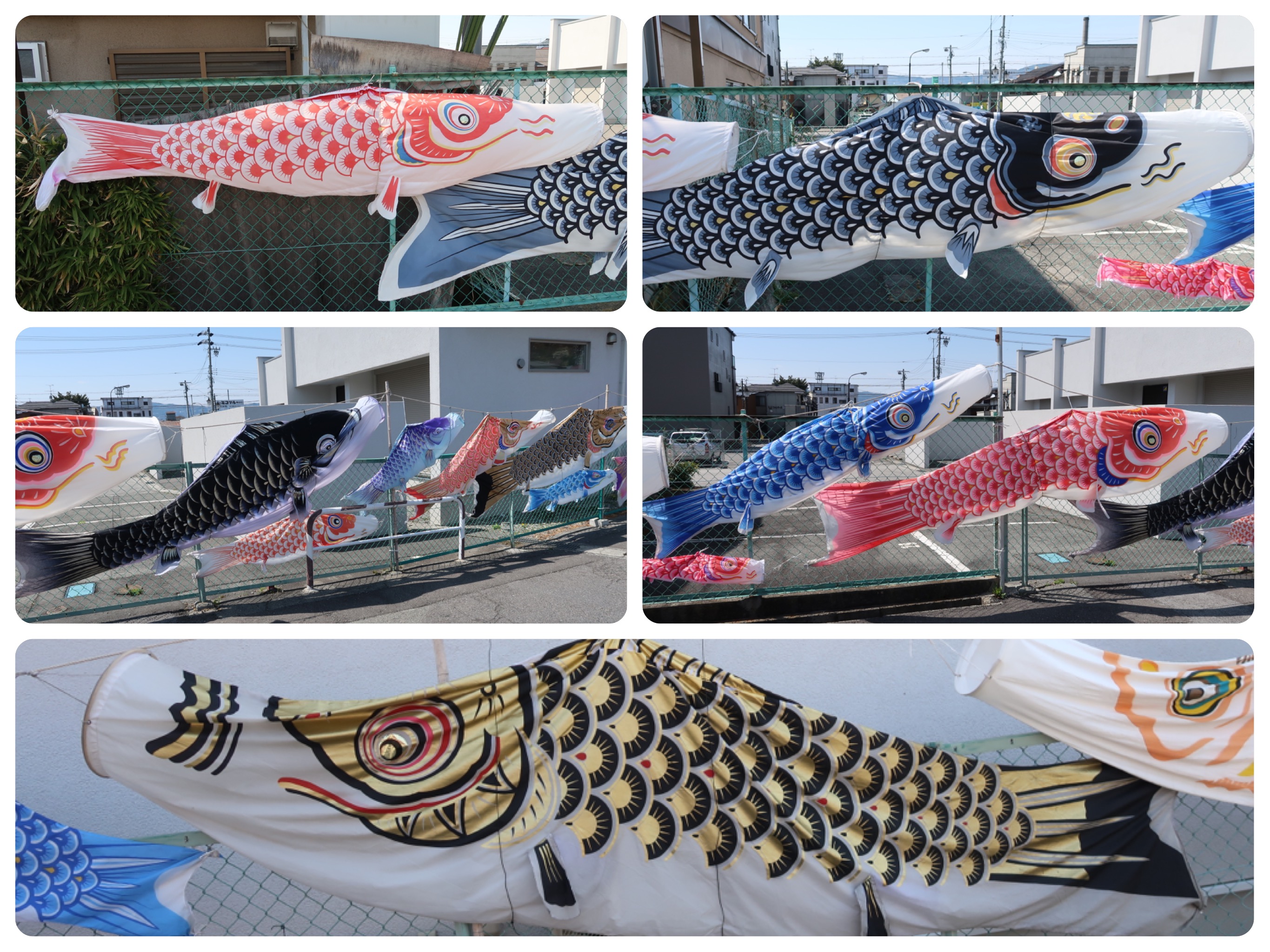
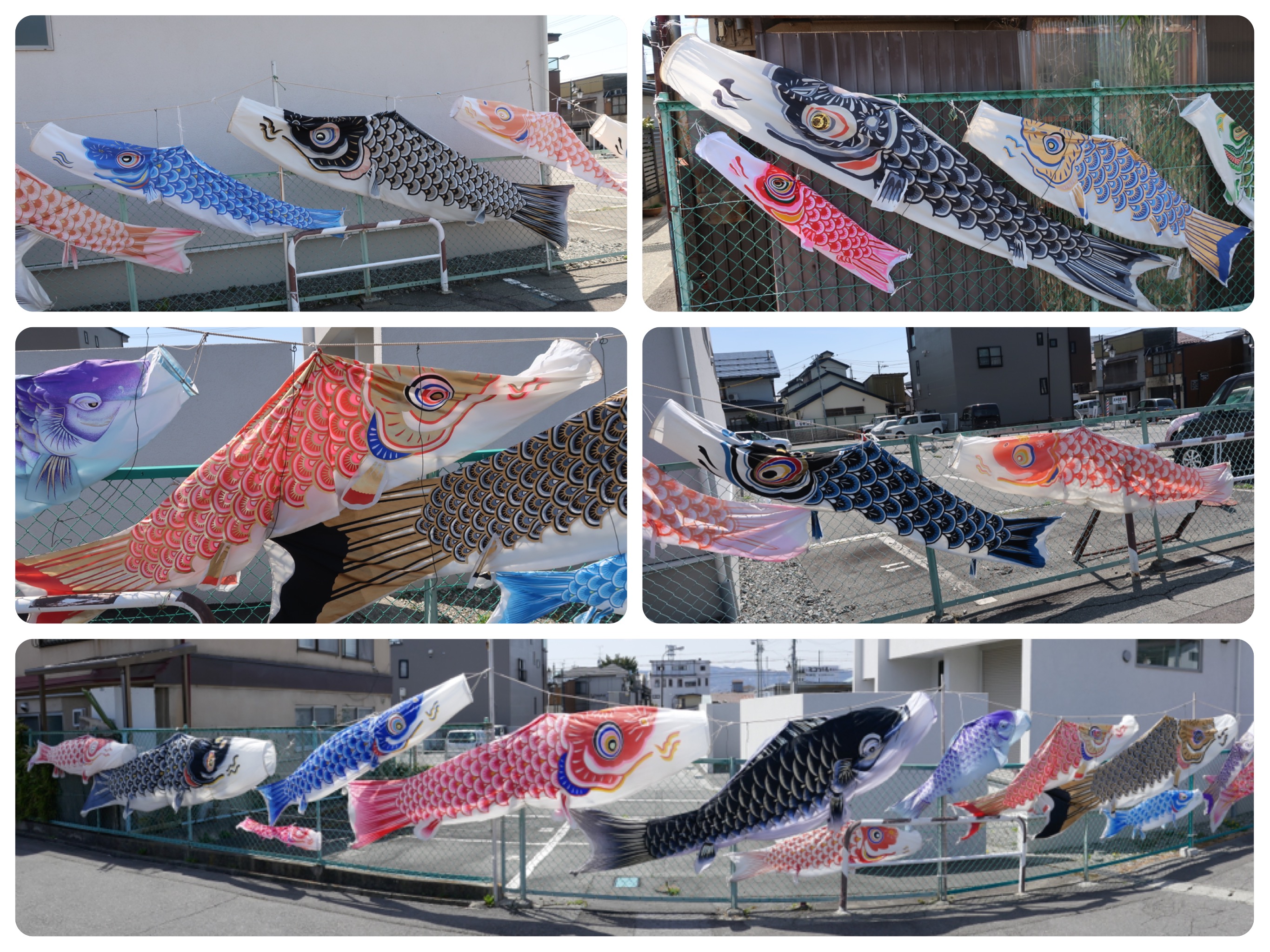

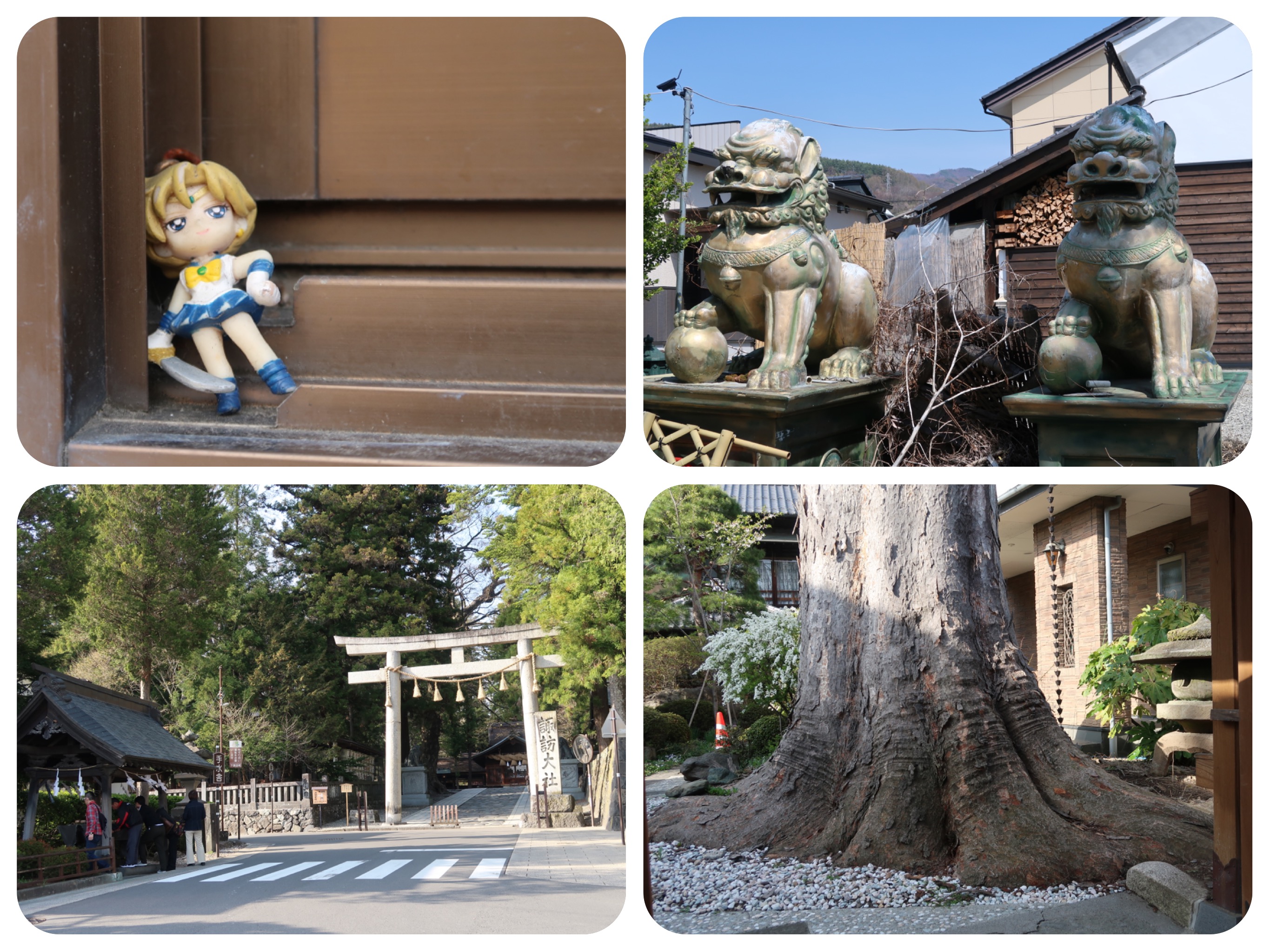
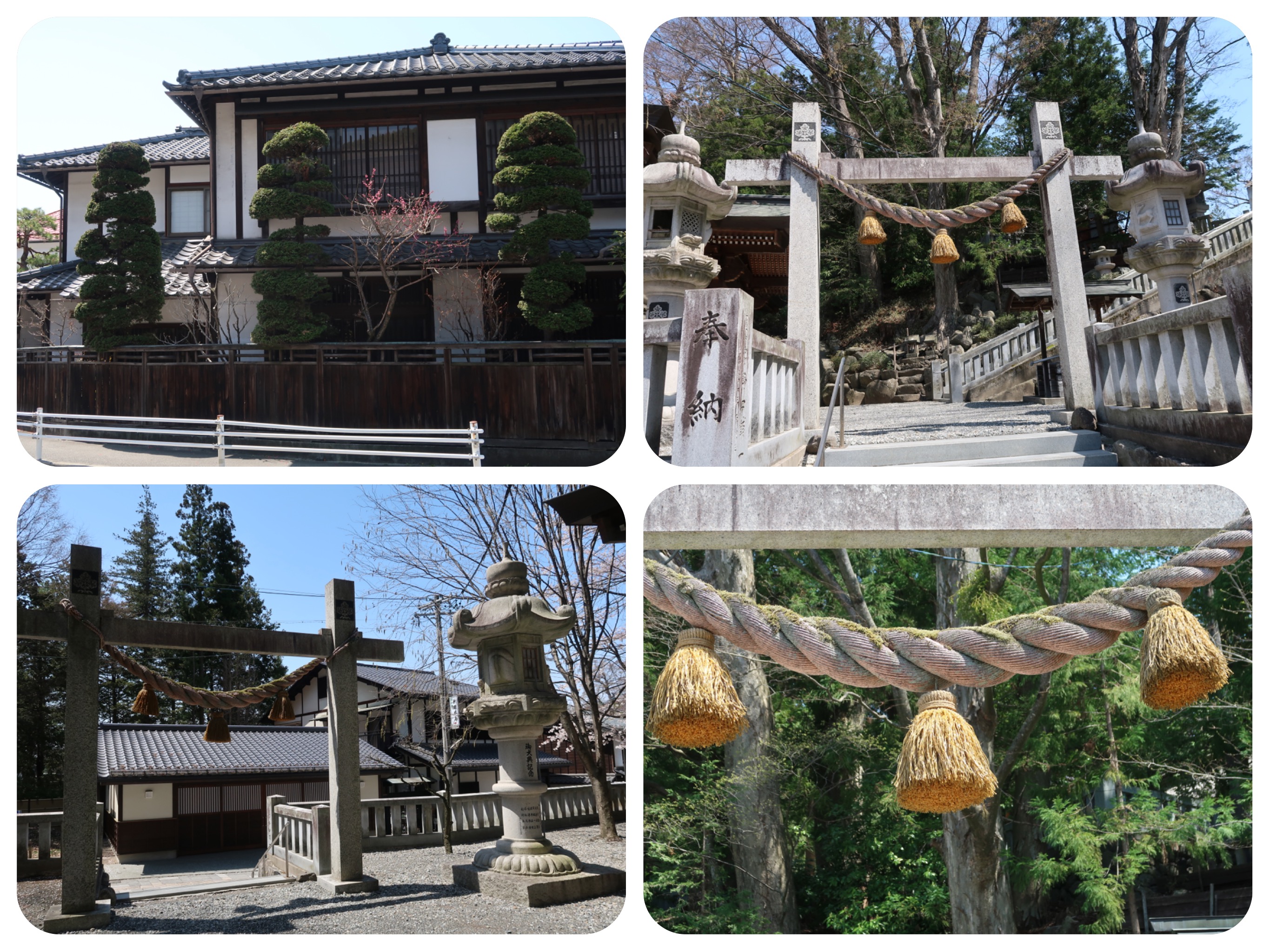
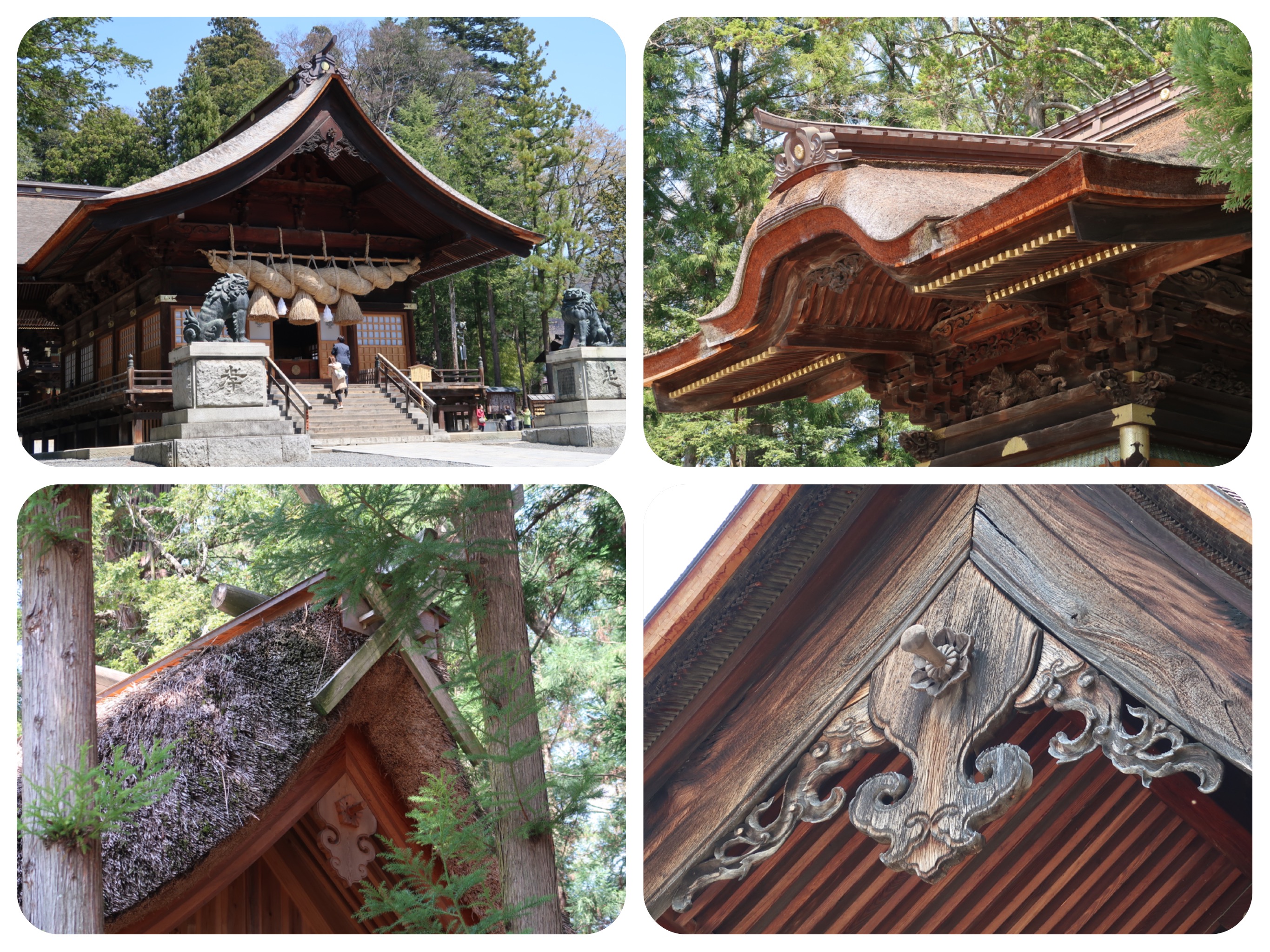
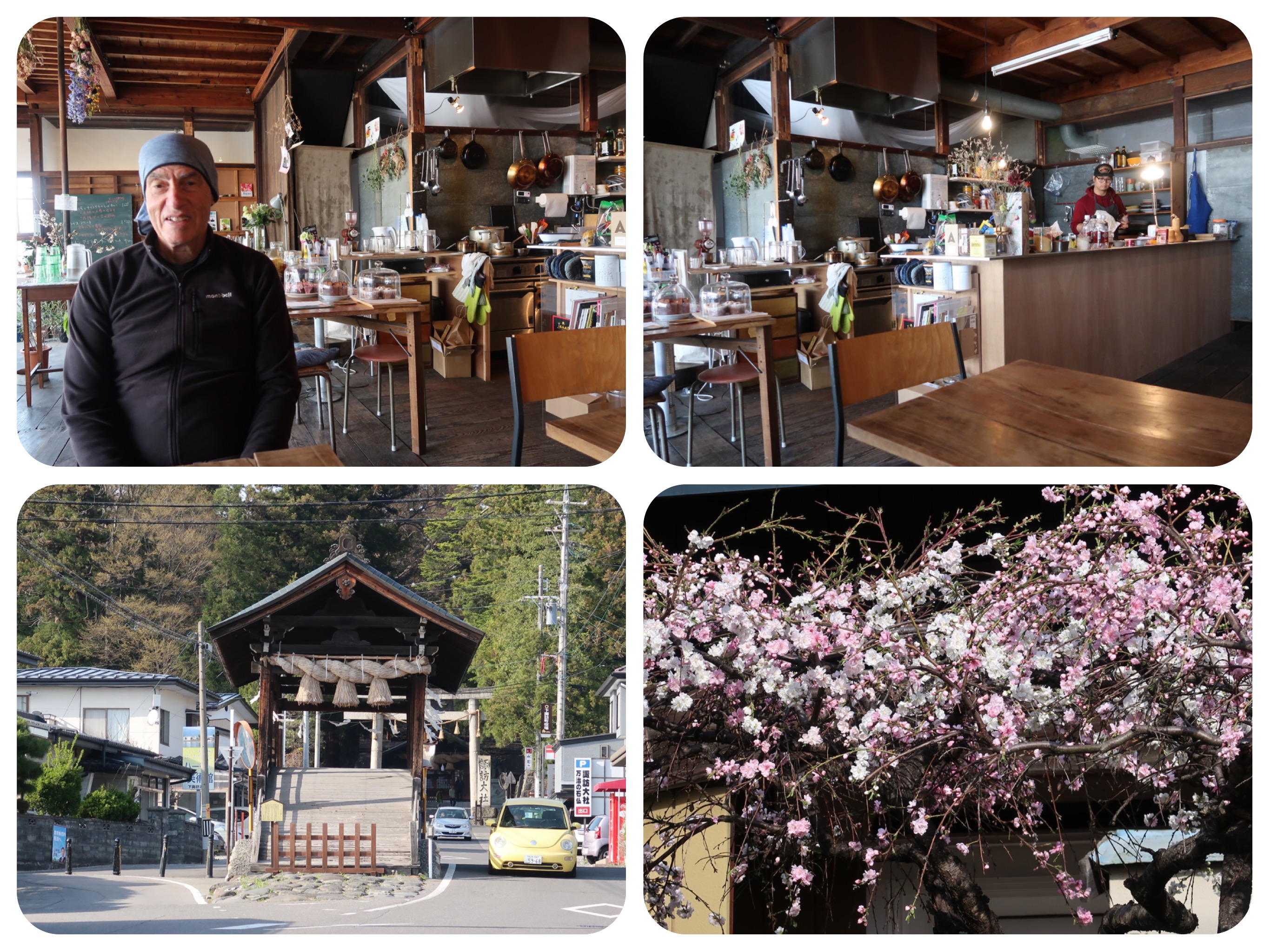
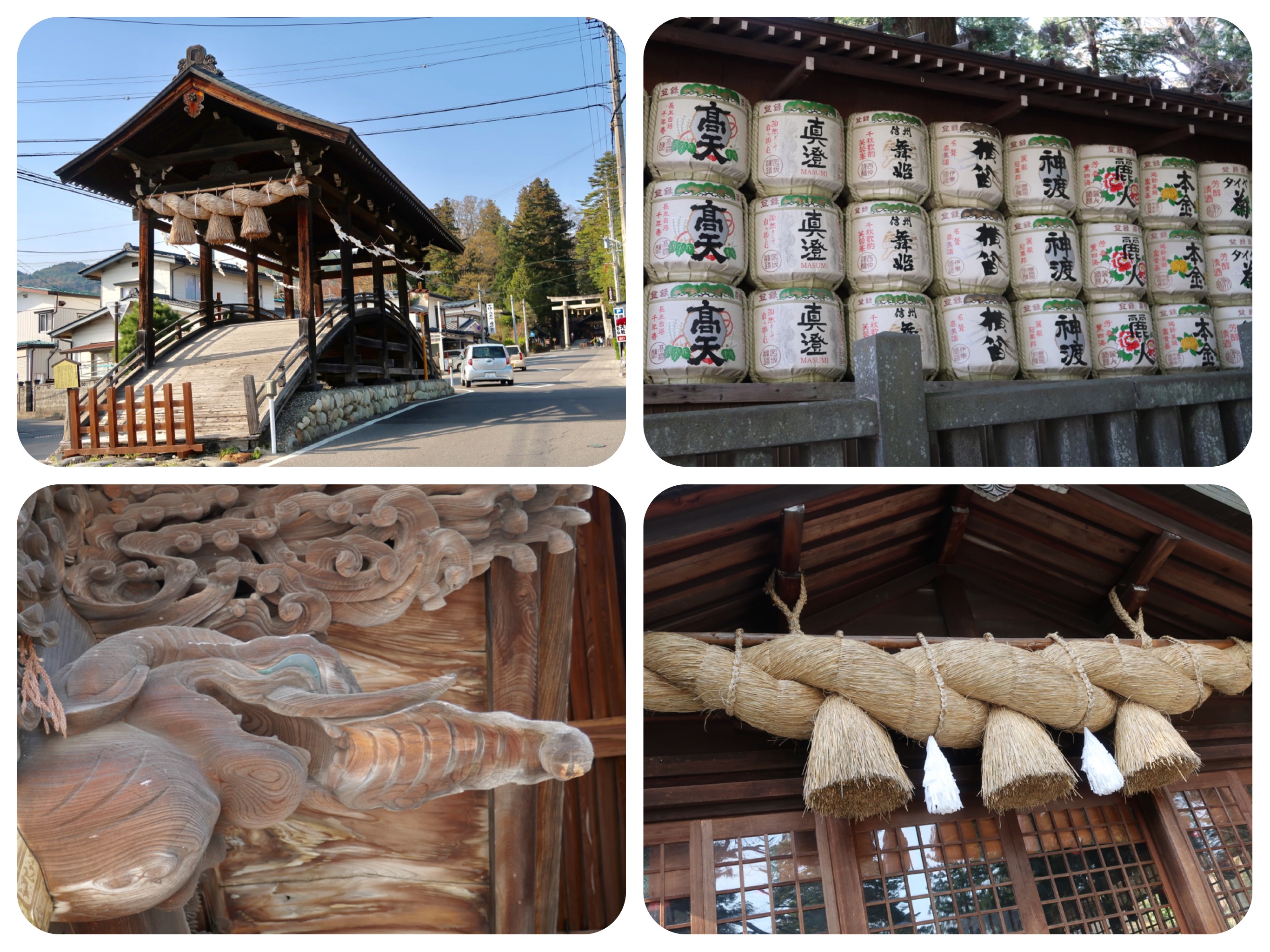
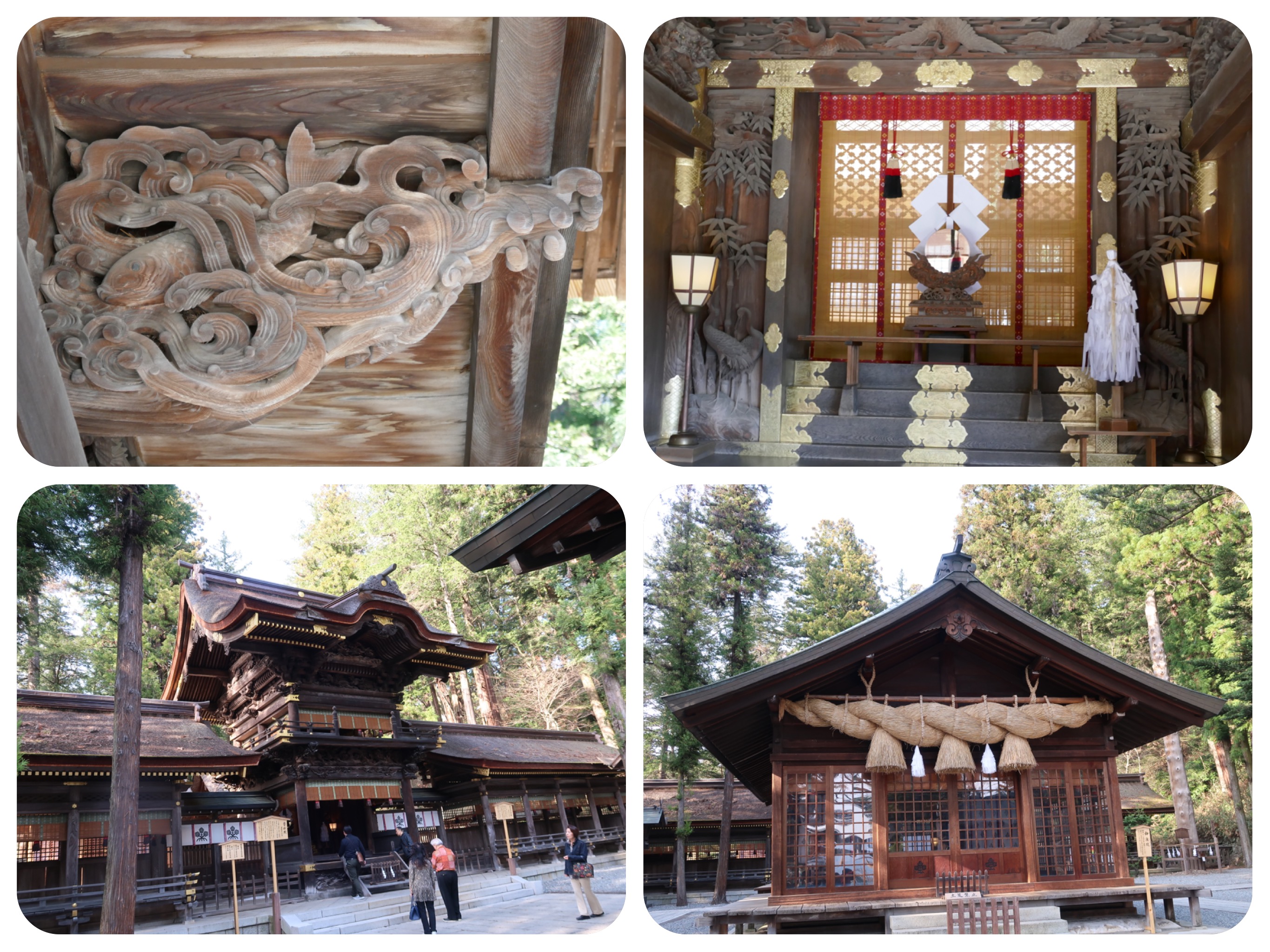
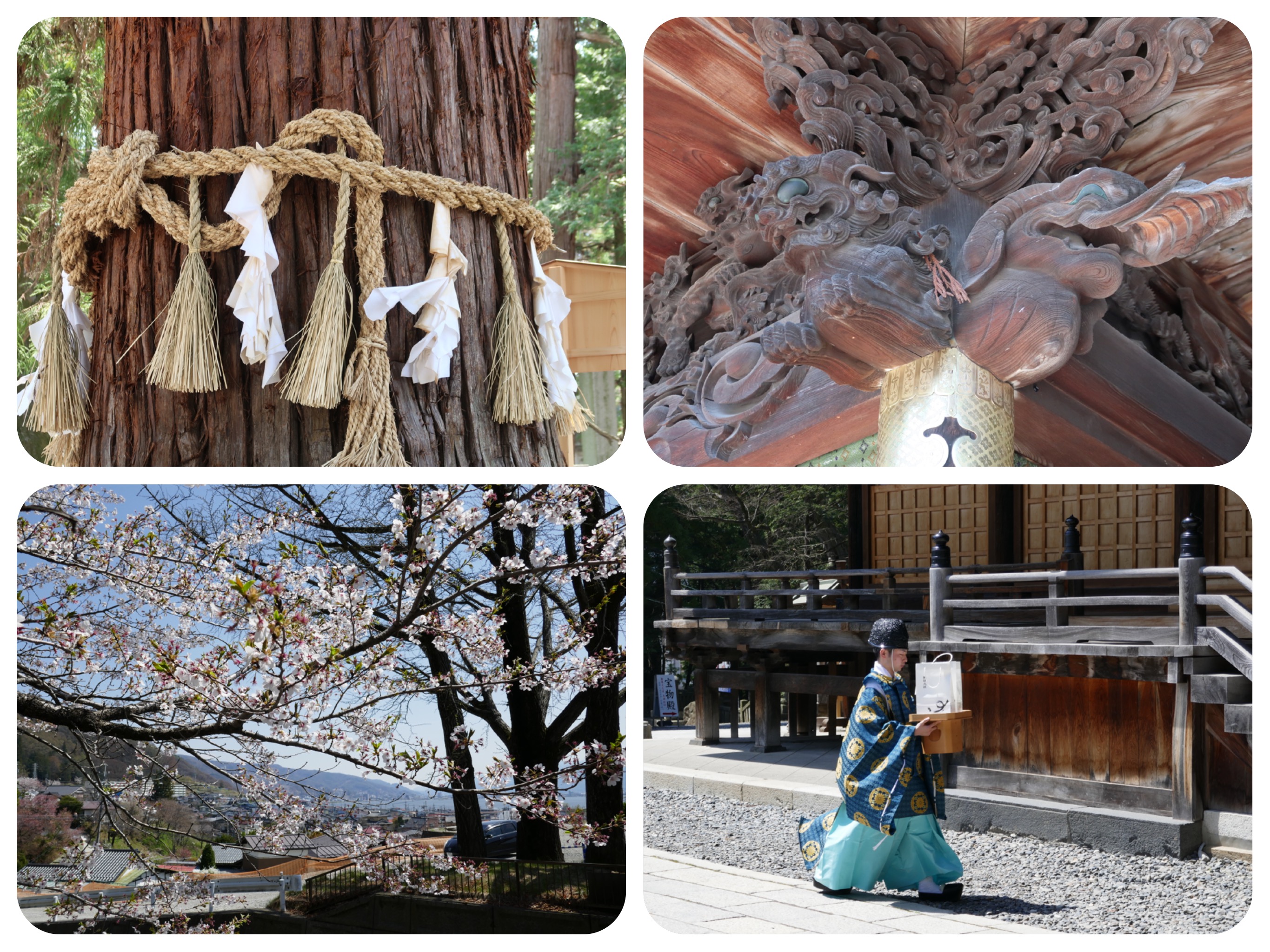
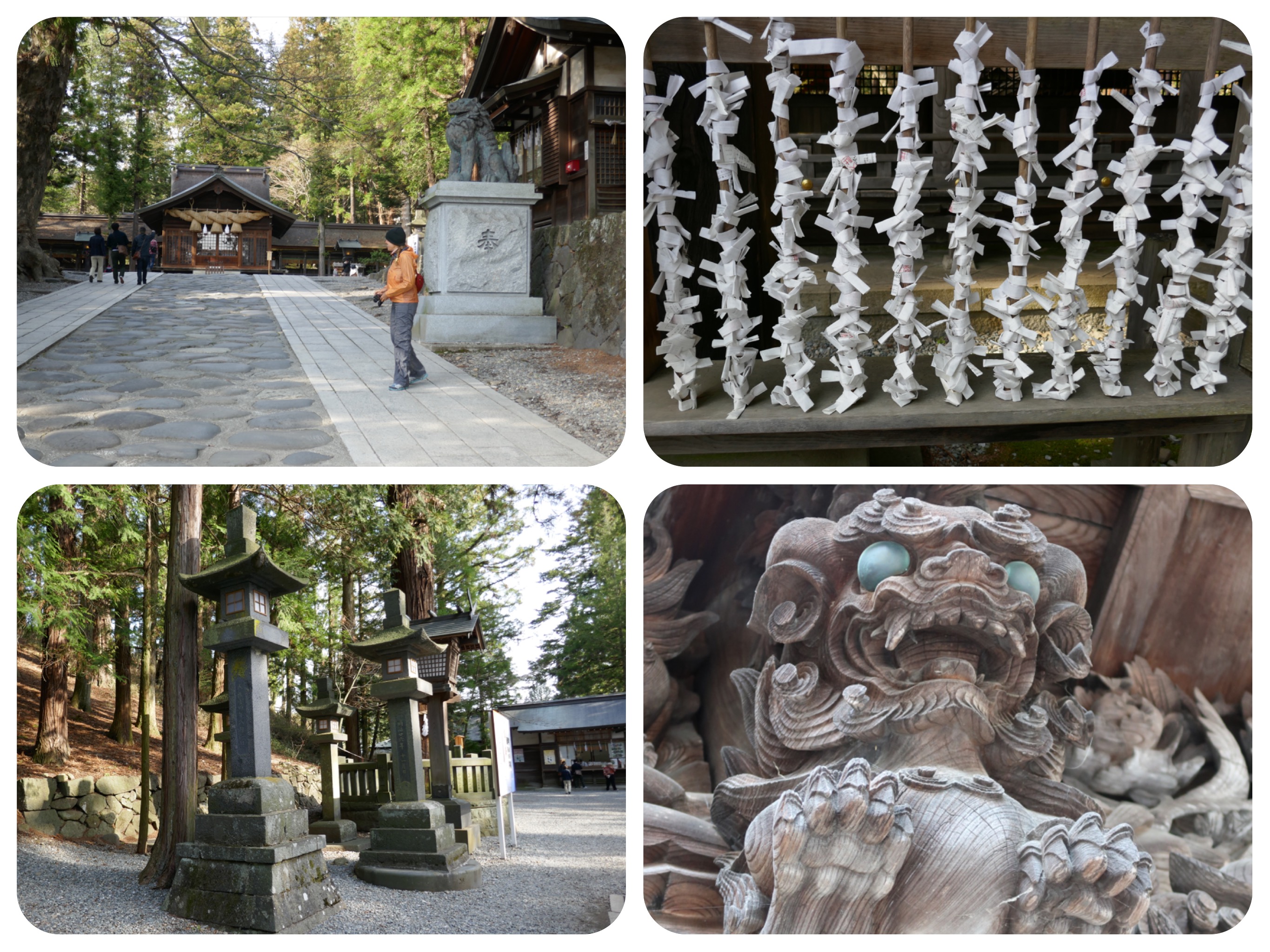
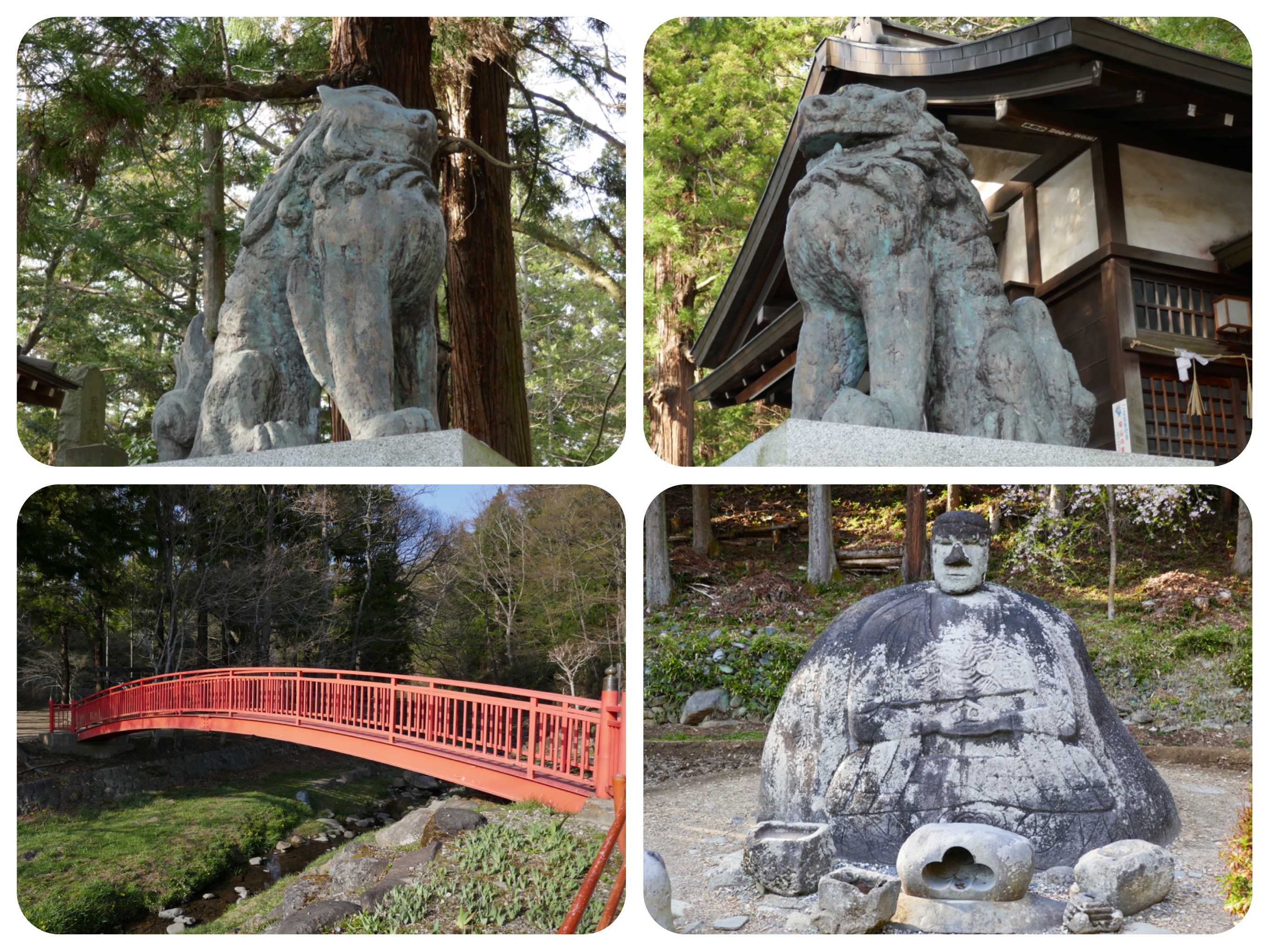
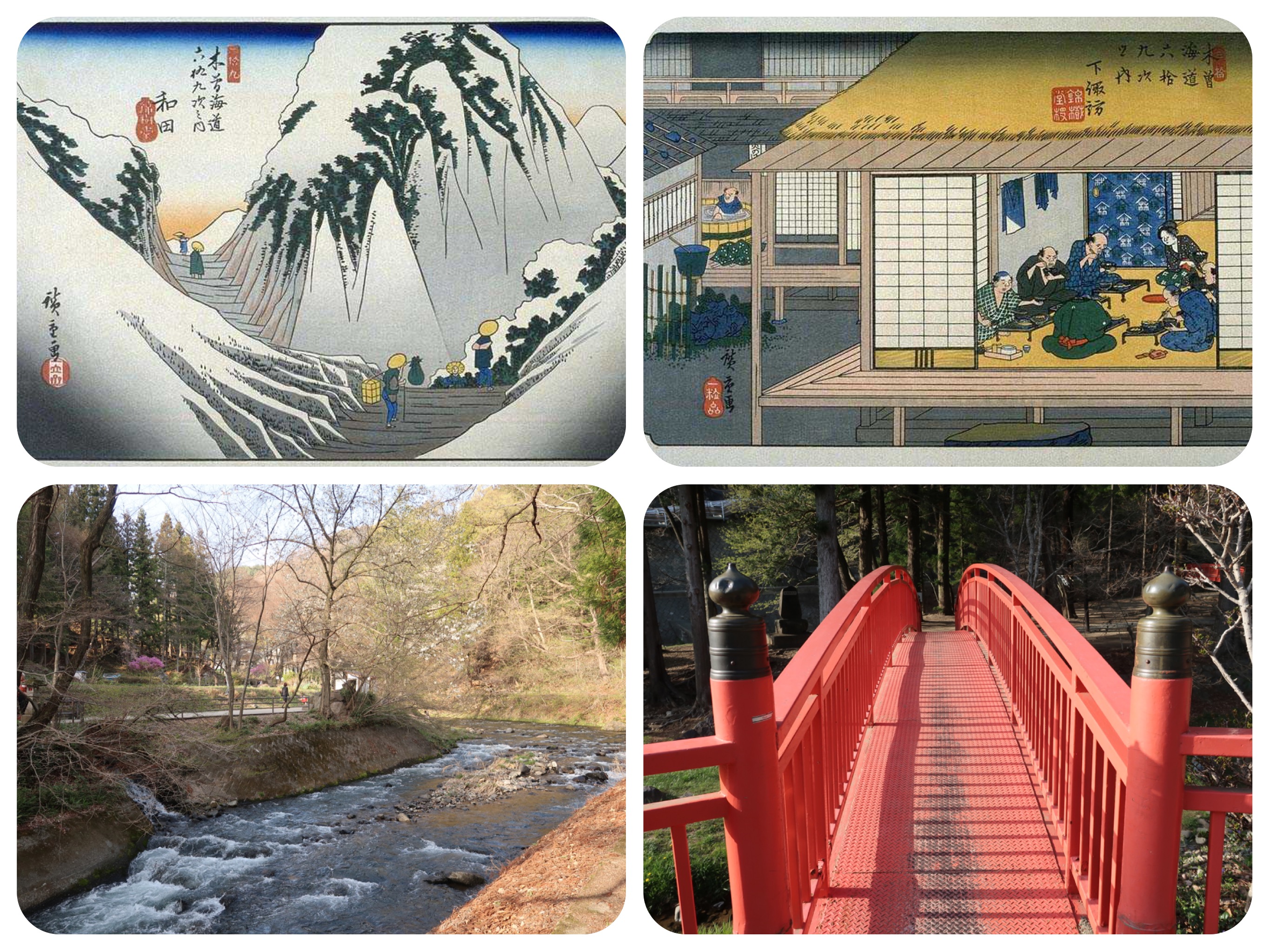
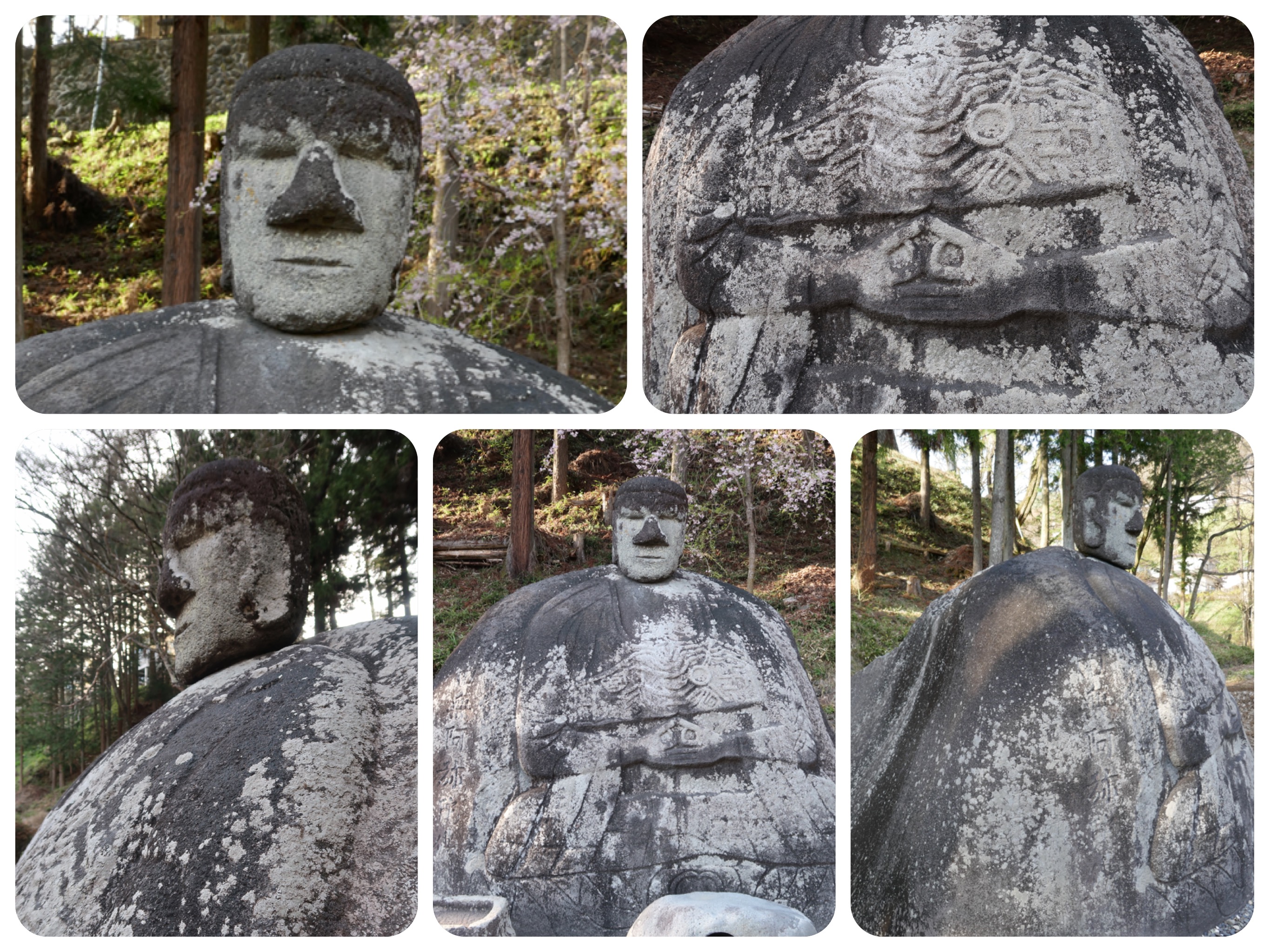
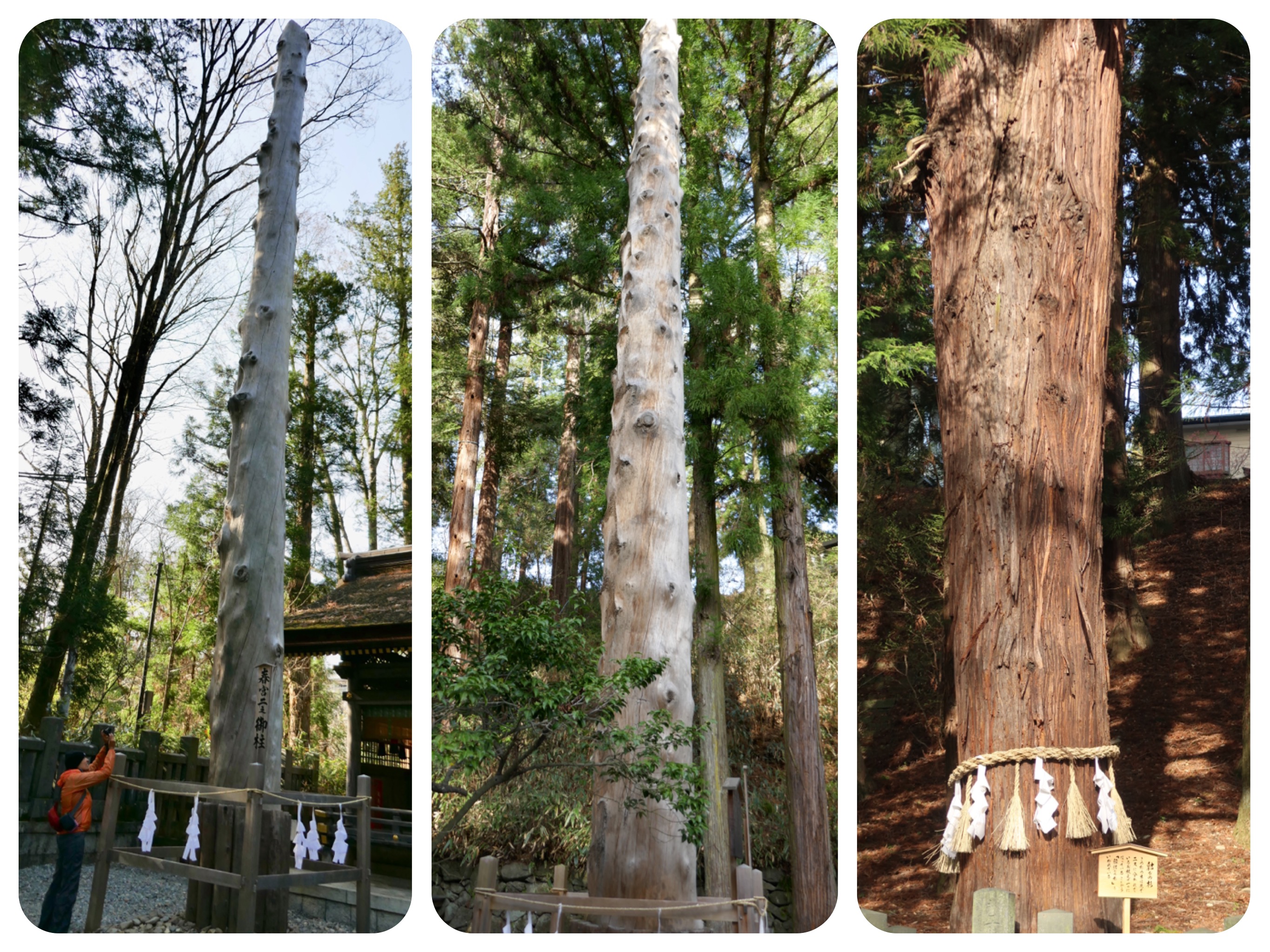
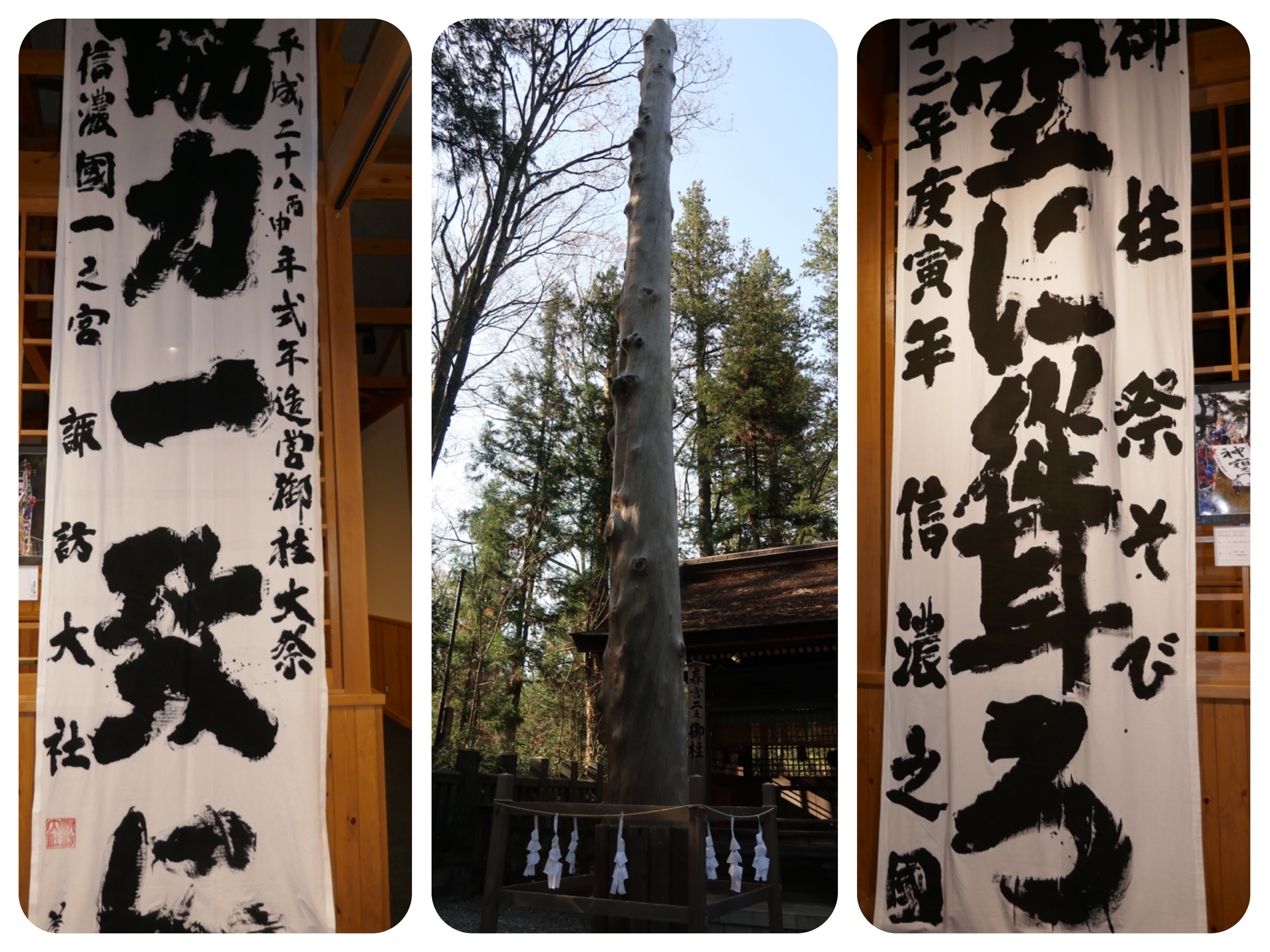
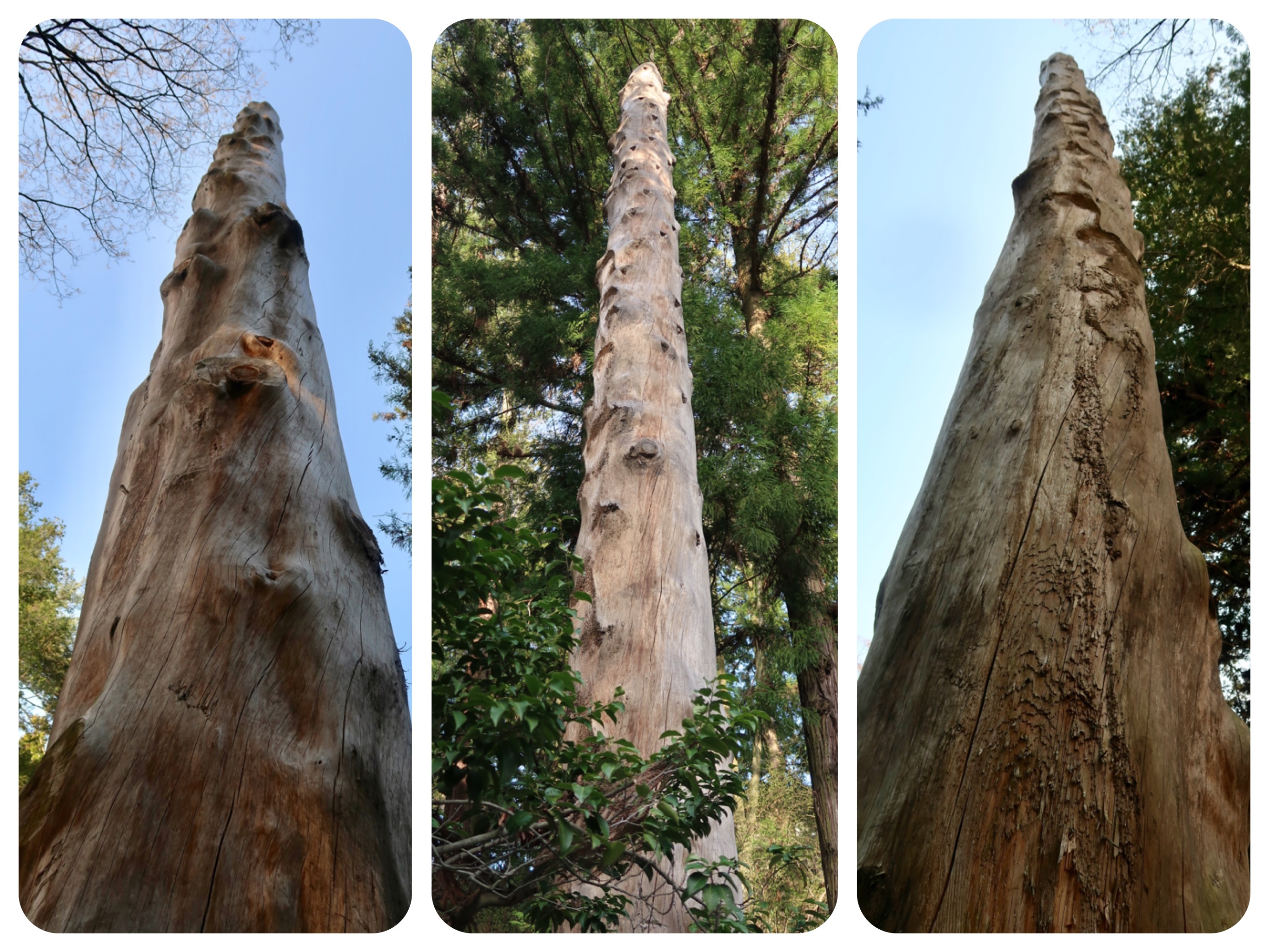
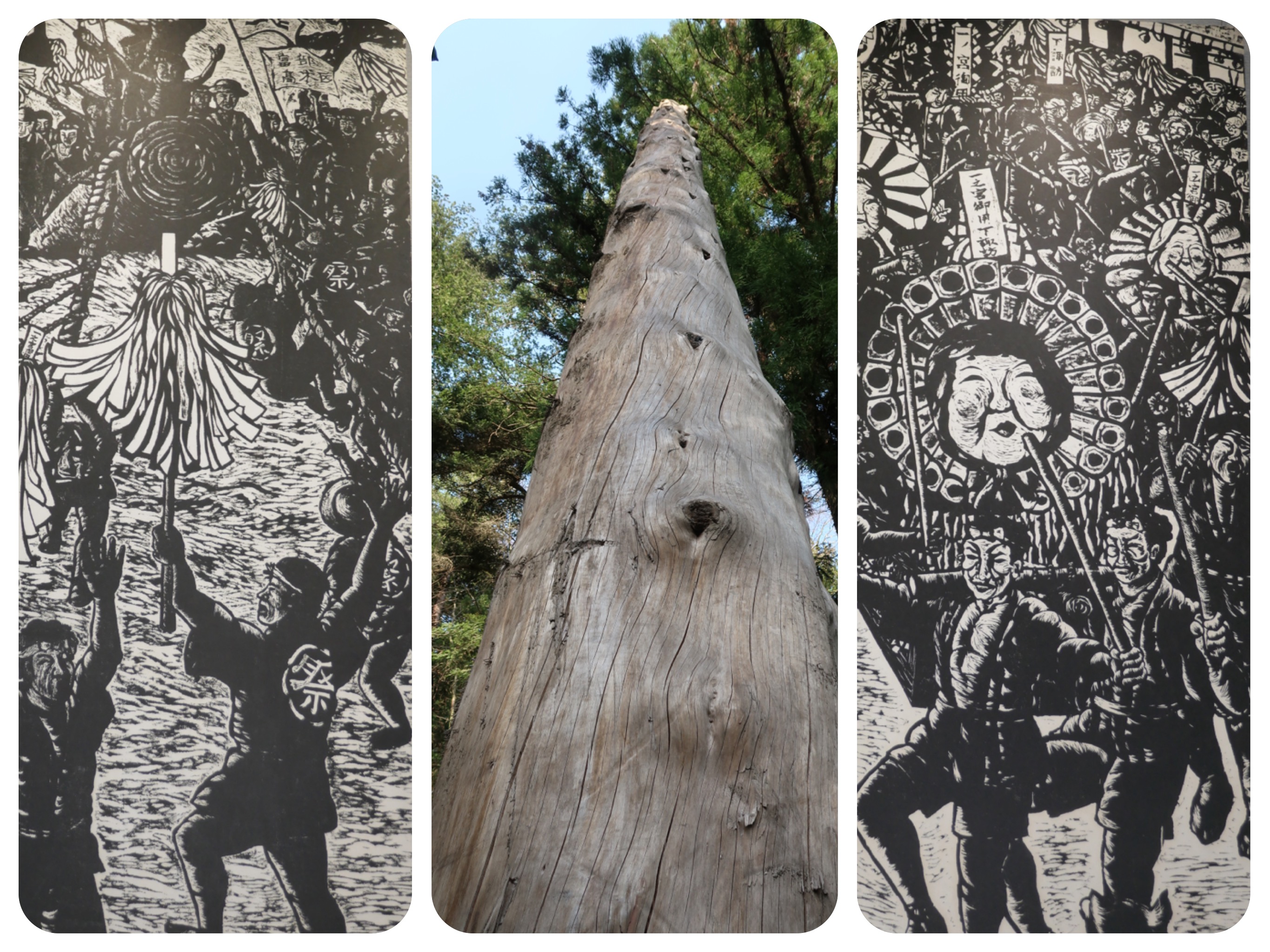
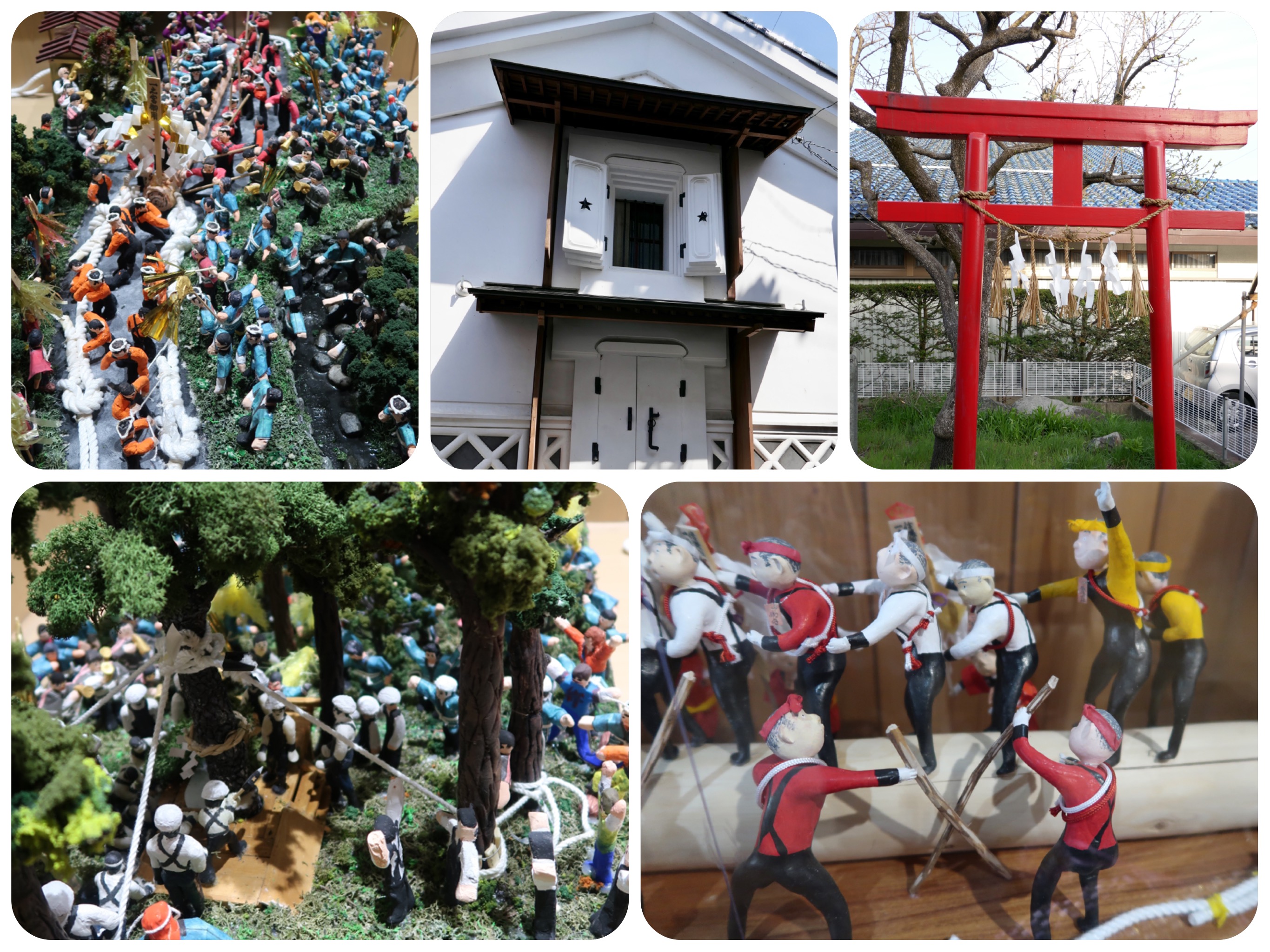
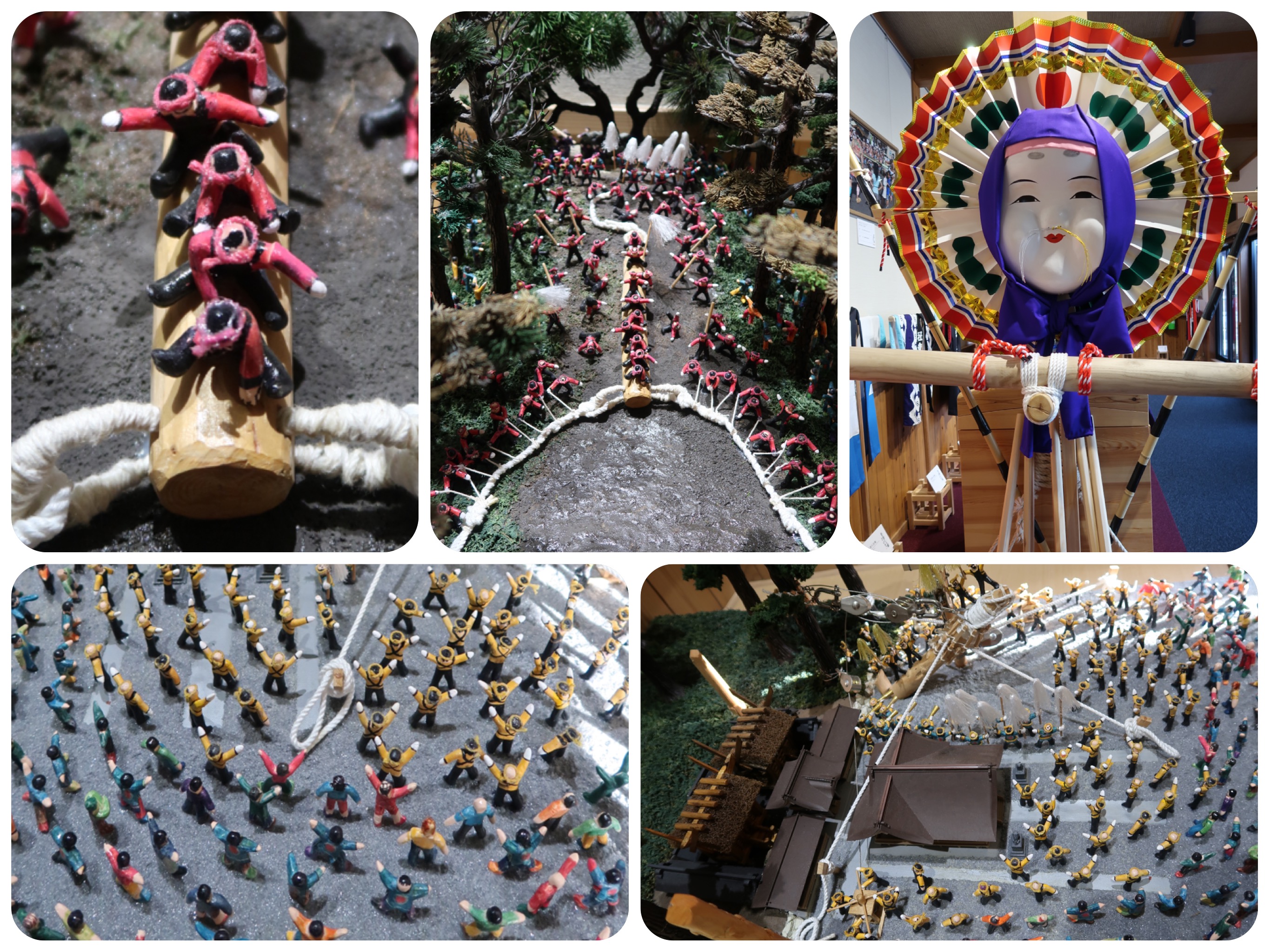
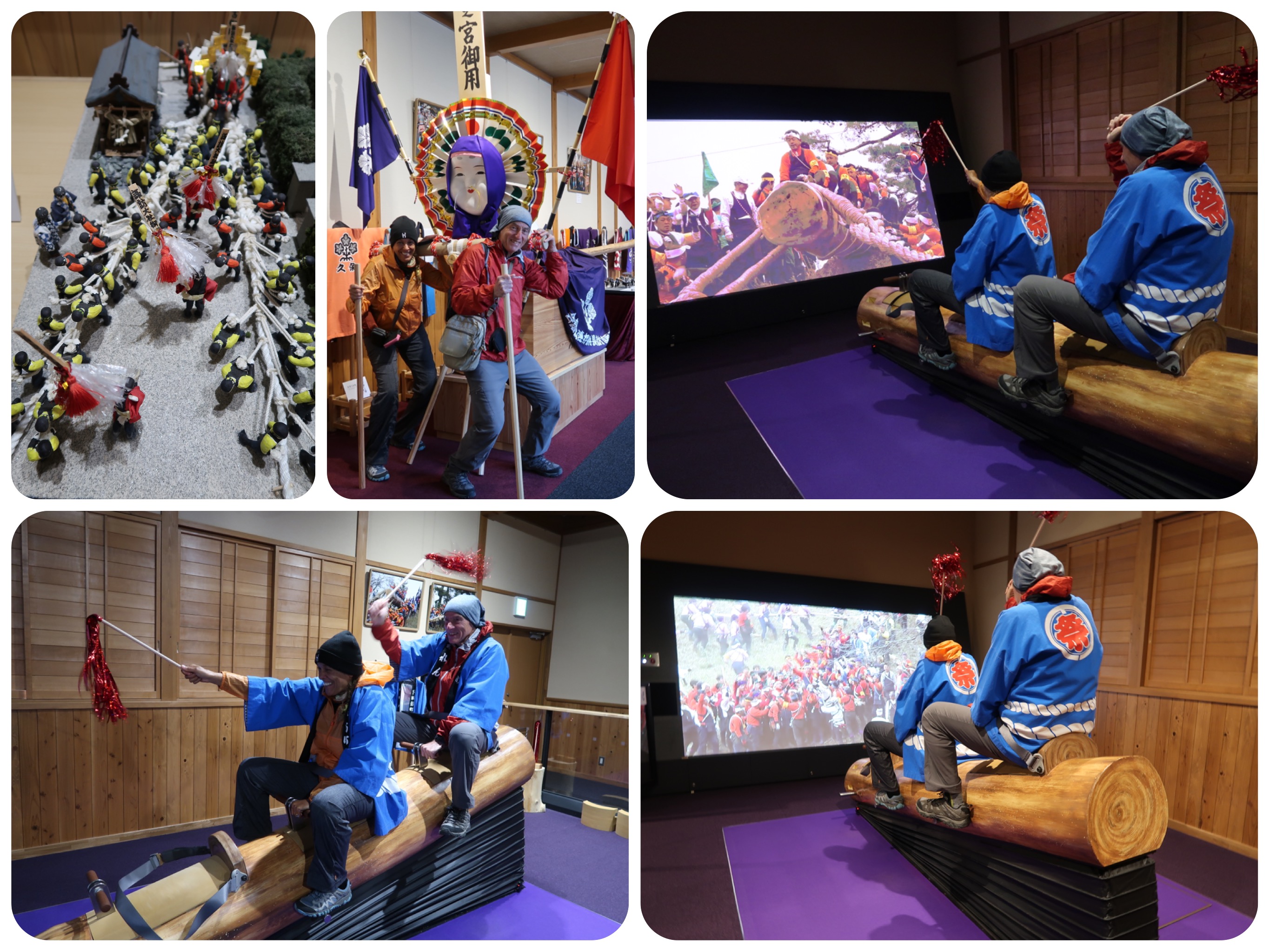
Day 13 - Walking The Nakasendō, Japan - A Much Needed Rest Day in Shimosuwa Onsen and Learning About Onbashira Matsuri
When we walked around the 88 temples of Shikoku Island in Japan a few years ago, there was a saying that we kept on hearing again and again:
“DO NOT WALK FAST!
This is not a temple stamp relay, it is a spiritual journey in the footsteps of the Enlightened Master, Kukai (Kobo Daishi).”
Well, we have been ambitious in our planning, because we wanted to make sure we finished this pilgrimage more or less within the month we have allotted to do it.
Now we have decided to slow down, to walk fewer long days, and to take in the places we pass through.
Shimosuwa, located on the northern shores of Lake Suwa, is the perfect place to take a break from our long walk.
In a guesthouse at which we stayed along the Nakasendō, I saw a small book of essays and drawings by a Japanese man who had walked the whole trail.
In each post town he made one or two drawings of the most famous shrine, temple or guest house.
At the end of his book, he wrote in English a statement about his journey.
He said that walking the Nakasendō was hard and long.
He said that after he returned home, it took him over a month to recover from the journey.
I do not want to experience the same rundown condition as he did.
I want to make sure I rest enough, give my over-exposed, burnt skin time to heal, and my muscles time to recover from the strain of mountain hiking.
Another reason that we needed a break is so we could sit down and plan our next few days of walking, and book our accommodations.
Our hotel in Shumosuwa is very comfortable.
The room is in great shape, well heated and very clean.
We got crisply ironed Yukatas and an endless supply of hot water for tea.
We have a separate bedroom with memory foam mattresses and pillows, as well as a large tatami room and a covered patio overlooking the lake.
They have very fast internet in the room, a good breakfast and a good hot springs bath.
They even let me do our laundry in the hotel’s washing machine, as they do not have a coin laundry.
But best of all, they seem so interested in making sure that we were comfortable.
After our long walk over the Wada Pass, we slept as late as we could, ate a good breakfast served by a very friendly and talkative waitress, and went out to explore the town.
There are two very large and important Shrines (Jinja) in Shimosuwa, the Suwa Taisha Harumiya (Spring Shrine) and the Suwa Taisha Akimiya (Autumn Shrine).
The shrines are beautiful, with old trees and heavy roofs made of rice straw.
They also have the largest bronze guardian dogs in Japan.
Suwa-Taisha is one of the oldest shrines in the country and represents more than 10,000 Suwa Shrines in Japan.
The deity enshrined here is Tateminakata-no-Mikoto — widely worshipped in earlier times as the god of hunting and agriculture and later as the god of national security.
Members of the samurai class were devotees of this shrine from early times, and Takeda Shingen, ruler of this region in the 16th century, is also known to have been a defender of the shrine.
In the garden of the shrine, surrounded by a river with red bridges crossing it, there is a stone Buddha that has an interesting story.
The carver of the stone was intending to sculpt it into a Tori gate, but when his chisel struck the stone, it spewed real blood.
The carver then realized that the stone was sacred, and decided instead to carve a large Buddha from it.
It is called Manji No Sekibutsu.
There are many well restored ryokans and guesthouses around town.
We stopped at a small cafe called Eric’s Kitchen.
The owner, a Canadian young man who moved to Japan about ten years ago, served us a lovely lunch and great coffee and teas.
We sat in the comfort of Eric’s cafe for a long time, making our plans, and we even asked Eric to call and make a booking for us, which he was quite willing to do.
There is a small museum in town, with a great explanation of the “Wood Pillars Festival Of Shimosuwa.”
The festival is locally known as the “Onbashira Matsuri.”
It is an awe-inspiring event in which a large number of participants bring 16 giant fir logs down from the mountain — with many people actually riding the tree trunks down a steep mountain slope — and erect them in the four shrines around Lake Suwa.
Every seven years, the whole town gears up for this major festival.
16 huge trees are selected and cut in the forest above the town.
A group of selected men ride the long logs down the mountain and into the town.
The ride on top of the fast sliding logs is very dangerous.
Every festival someone gets injured or dies.
There is also a major parade with dances, masks and colorful body paintings, to commemorate the erection of the four new post pillars at the shrine.
At the museum, we saw a movie made at one of the recent festivals, and many displays of how they do it, illustrated using small dolls.
We even got to sit on a simulator log, and to experience a bit of how it would feel to ride the log down the mountain.... but not really.
It was just a simulation for kids, nothing like the real scary ride down a mountain sitting on a slippery, speeding log.
While we were visiting the shrine, we met a man who was one of the men who rode the log and who erected the pillar at one of the corners of the shrine at the last matsuri.
It is a great honor to be selected, and he had come to remember his good old days.
We had dinner at a small Soba-ya (soba noodle restaurant).
The elderly owners run the restaurant in the back of a traditional Japanese house with tatami mat rooms around a Japanese garden.
The menu is small but good.
Jules had the Zalu Soba, served chilled with a dipping sauce, and vegetable tempura.
I had the Soba noodle bowl in a cold soup of mountain vegetables.
We also got a fresh wasabi root and a small grater, to add to our noodles.
But best of all, the day felt like a rest day.
I did continue planning our Nakasendo walk and got some bookings done.
With love and warm wishes,
Tali and Jules
Day 13 - Stats:
Total walking time 6 hours
Active walking time 3 hours
Total steps: 14,336 steps
Daily Kilometers 11 Kilometers
Total Kilometers walked up to date: 322.5 Kilometers
Accommodation: Gingetsu Hot Spring Hotel In Shimosuwa
Station Towns visited in Nagano Prefecture:
29. Shimosuwa-shuku (Shimosuwa, Suwa District) (also part of the Kōshū Kaidō)
